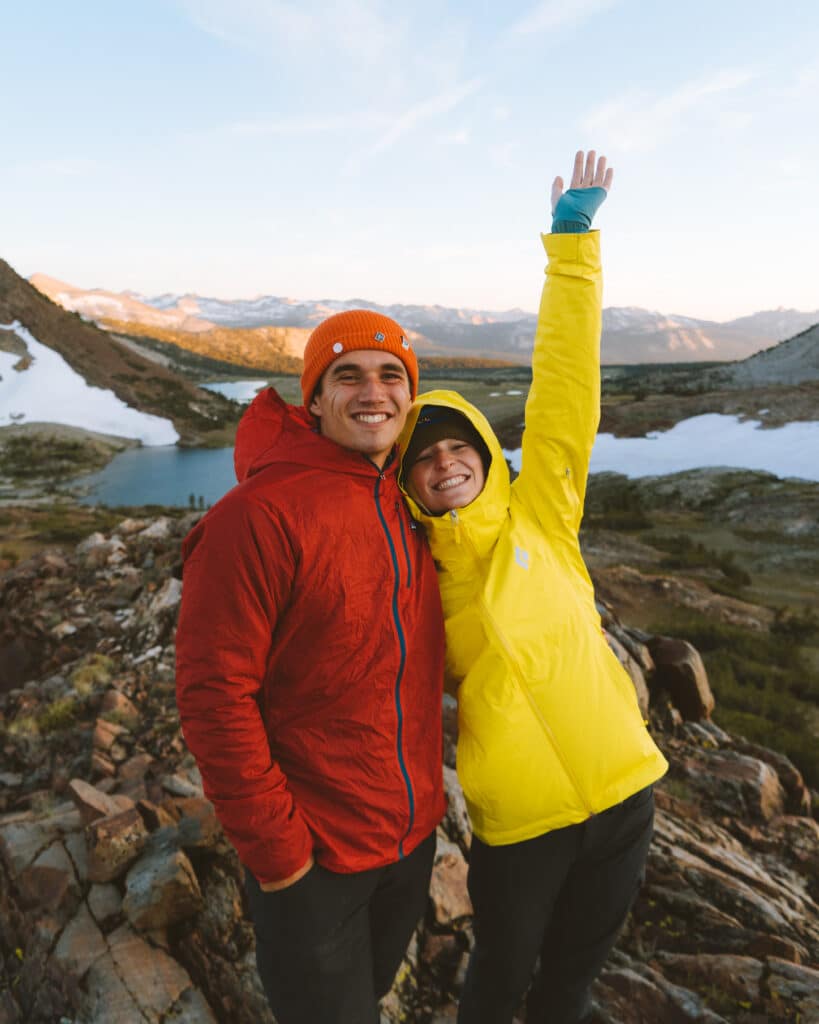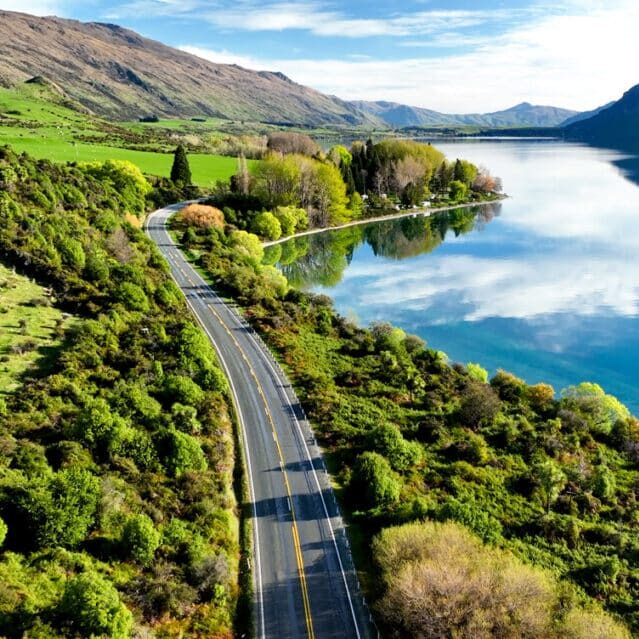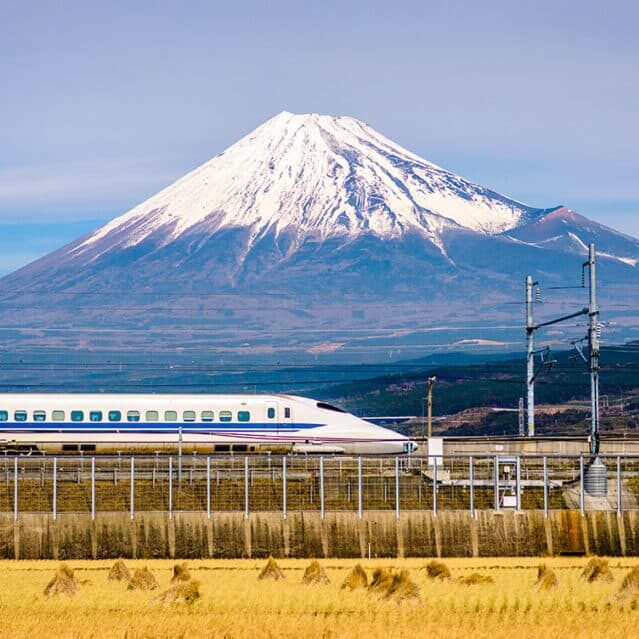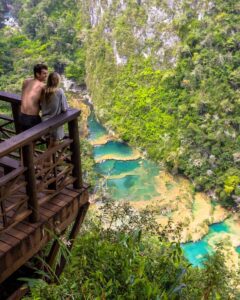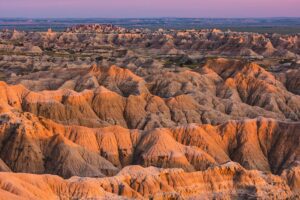How to Avoid Altitude Sickness in Cusco & Machu Picchu
Disclaimer: This post may contain affiliate links. Please see our Disclosure Policy and Advertiser Disclosure for details.
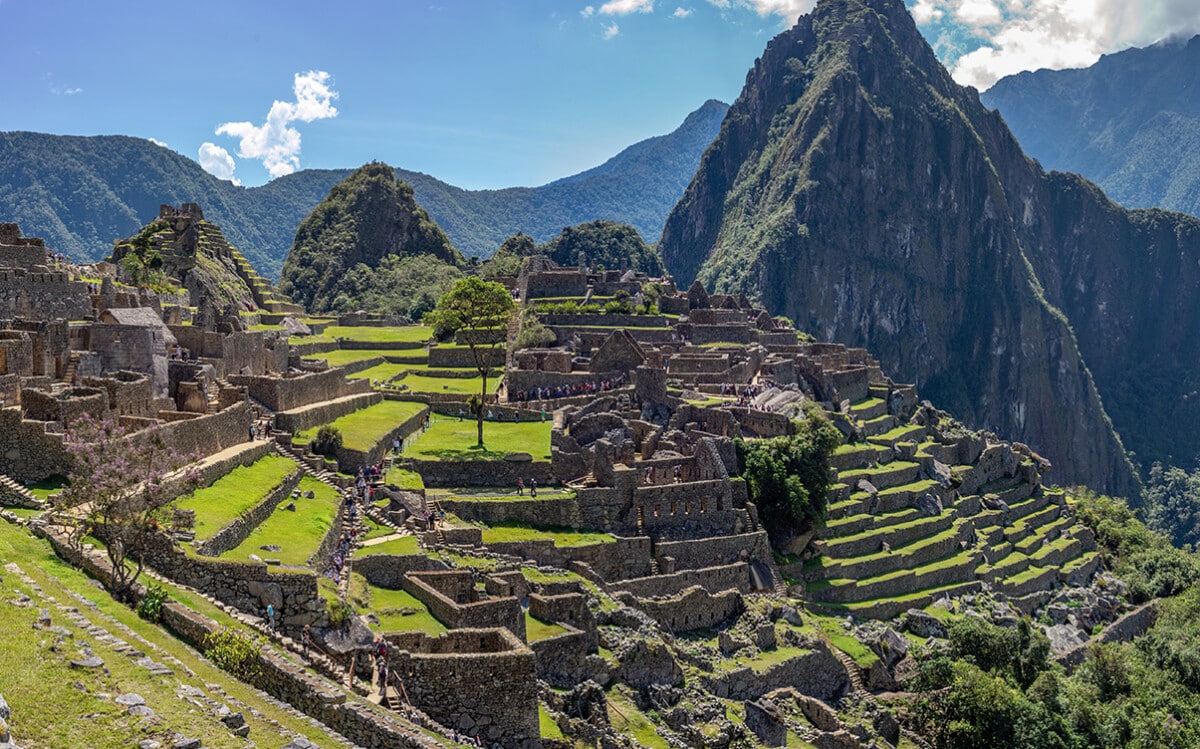
Peru is an incredible place to visit. It’s packed full of history and culture, and with internationally-recognized sites like Machu Picchu to visit, you’re going to be doing a lot of exploration, even if they’re a little more touristy than the depths of a national park in our own backyard tend to be.
The biggest challenge of places like Cusco and Machu Picchu is not traveling internationally, or the hiking, or the photography; it’s the altitude. Most people in the USA are used to low altitudes, only a few hundred feet above sea level.
Up at higher altitudes, there are a bunch of problems you might experience, collectively known as altitude sickness. What is it, how likely are you to experience it on a trip to Machu Picchu, and how can you avoid it? Read on for our tips and tricks.
How High Up is Machu Picchu?
Peru is generally a pretty elevated country, perched as it is along the Andes mountains. The Andes are similar to the Rockies, and while they aren’t directly connected – Central America divides the chains – they’re part of a greater geographic formation called the American Cordillera.
Think about the places around you. How high above sea level are they?
- Miami is practically at sea level, averaging only 6 feet up.
- New York City is only 33 feet above sea level on average.
- Los Angeles is about 300 feet above sea level.
- Las Vegas is 2,000 feet above sea level.
- Denver is 5,000 feet above sea level, and many people from coastal areas experience some light altitude sickness visiting for the first time.
- The Grand Canyon is 6,600 feet above sea level; climbing from the base to the cliffs can cause altitude sickness if it happens too fast.
Denver is pretty high up, especially for us coastal travelers. So, what’s the deal with Cusco and Machu Picchu?
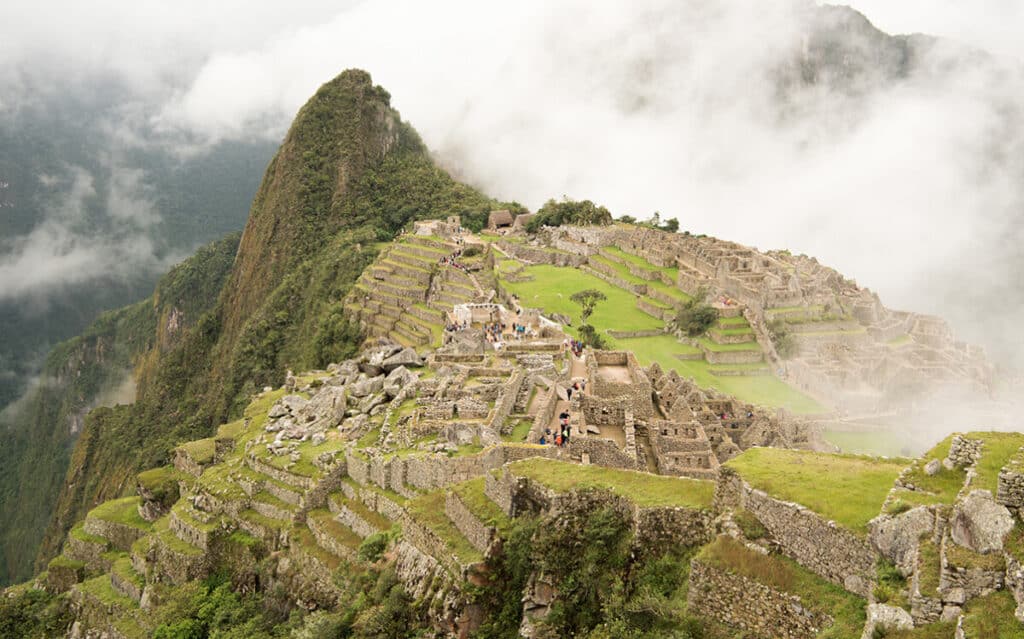
Cusco is 11,152 feet above sea level, over double the height of Denver. Machu Picchu is a bit lower down, in the saddle of the mountains, and is just under 8,000 feet above sea level. Even though it’s comparatively lower than Cusco, it’s still 50% higher than Denver. That’s really high up there!
The peak of Mount Everest is only 29,000 feet above sea level; Cusco is a third of the way up Everest in comparison.
It’s no wonder people get altitude sickness from their trips to Peru!
What is Altitude Sickness?
Also known as mountain sickness, altitude sickness is a difficulty in adjusting to a higher altitude than you’re used to. It’s temporary – most tourists visiting Cusco find it goes away within 2-3 days – but it can be miserable for those few days.
Due to physics, the higher you get above sea level, the less oxygen there is in the air around you – and the thinner that air is. Your body needs that oxygen, but it doesn’t naturally compensate by making you breathe heavier or faster. Instead, you breathe and act normally, depriving your blood and brain of oxygen all the while.
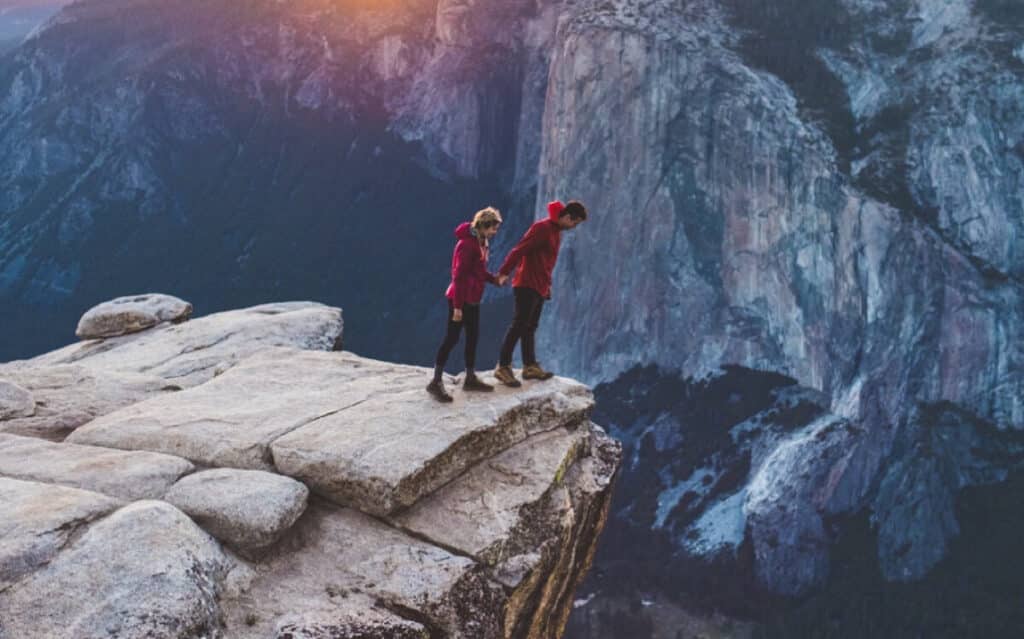
Some people are at higher risk of altitude sickness than others. Residents of Miami are going to feel it a lot more than residents of Denver. Some people are just naturally more susceptible to it than others, and some never really feel it. It can also impact people with heart or lung conditions or pregnant women, all of whom may be advised to avoid high altitude to avoid more dangerous symptoms.
That said, even physically fit and adventurous outdoorsy types like us can experience altitude sickness. It’s all about the body’s reaction to a quick change in altitude and air pressure.
What are the symptoms of altitude sickness?
Symptoms can vary from person to person, but if you’re going to get altitude sickness, you’ll experience the same few to varying degrees of severity. There are three levels of altitude sickness, per the Cleveland Clinic:
“Mild AMS: Symptoms, such as mild headache and fatigue, don’t interfere with your normal activity. Symptoms improve after a few days as your body acclimates. You can likely stay at your current elevation as your body adjusts.
Moderate AMS: Symptoms start to interfere with your activities. You may experience severe headaches, nausea, and difficulty with coordination. You’ll need to descend to start to feel better.
Severe AMS: You may feel short of breath, even at rest. It can be difficult to walk. You need to descend immediately to a lower altitude and seek medical care.”
There are also two more dangerous versions, known as high-altitude pulmonary edema and high-altitude cerebral edema. Both of these are fluid build-ups, one in the lungs and one in the brain, that can be a lot more dangerous and require quick medical treatment.
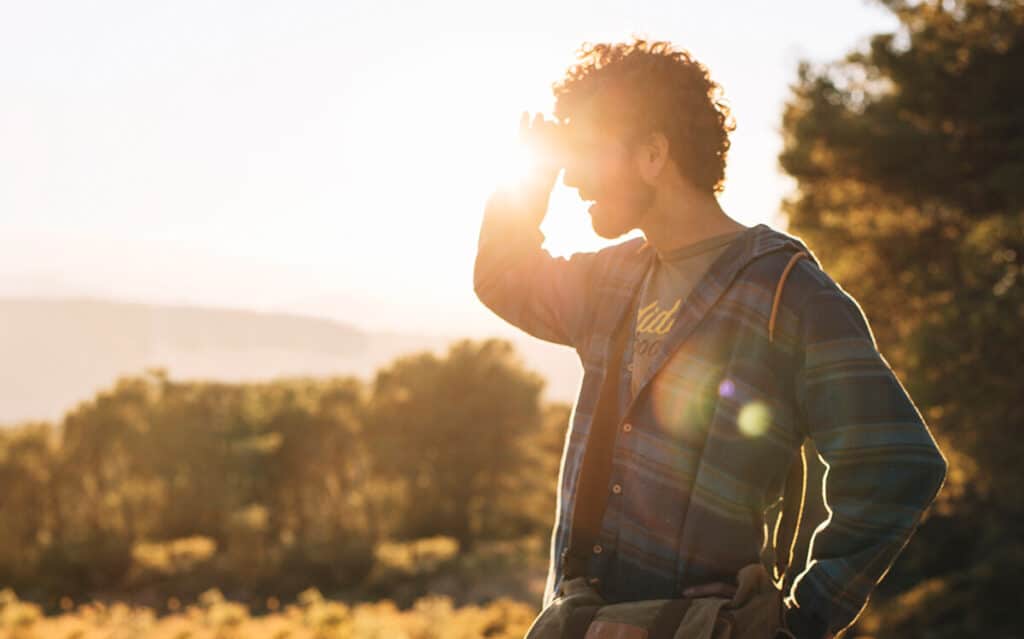
Deeper Learning: Why doesn’t altitude sickness happen on airplanes? Commercial airplanes that you might take to fly across the country tend to cruise in the 35,000-45,000-foot range above sea level. Shouldn’t this cause intense altitude sickness in passengers? Normally, yes. However, modern airplanes keep their cabins pressurized. This is why your ears often pop as you fly; the pressure changes. Pressurized airplane cabins keep the air pressure inside equivalent to around 8,000 feet above sea level, which can cause mild altitude sickness in some small segments of the population but is generally comfortable for most people.
So, on your first day in Cusco, chances are pretty good that you’re going to have some mild headache, fatigue and jet lag, soreness, and other symptoms like muscle aches and lightheadedness. For most people, they go away within a day or two once your body adjusts.
Preparing for Altitude Sickness Before Your Trip
Altitude sickness is no joke, and while it’s not dangerous for more than a rare few people, it’s certainly not how you want to spend the first day in a brilliant new location like Cusco. Nobody wants to suffer on their vacations or adventures, after all! Luckily, there are a few ways you can prepare for altitude sickness before you even set foot on a plane.
Take Preventative Medicine.
There are two particular medications you can take as much as 1-2 days before your trip to help inoculate yourself against altitude sickness.

These two medications are:
- Diamox. Diamox is the brand name for acetazolamide, a medication used for epilepsy, edema, glaucoma, and altitude sickness. You’ll likely want to talk to your doctor to see if a prescription is viable, and know that it can interact with other medications, so you’ll need to be cautious with it.
- Sorojchi. A common medication in South America aimed specifically to address altitude sickness, this one may be harder to get ahead of time but can be found all over locally. The pills are generally a combination of aspirin, caffeine, and Salophen, which is a chemical that breaks down into both aspirin and acetaminophen. Basically, sorojchi is a powerful pain reliever for altitude-related headaches. There’s some question over how effective it may be for altitude sickness itself, but it’s at least effective in taking out the worst of the symptoms, the headache.
Unfortunately, since altitude sickness is primarily a physical reaction, it can be difficult to prepare for it using medication alone.
Do a Little Working Out.
You don’t have to hit the gym and pump iron, but some physical fitness can go a long way. In particular, you want to encourage your body to take in and make use of oxygen and work on increasing your lung capacity. You don’t need to set up a six-month exercise plan just for a week-long trip to Cusco, though.
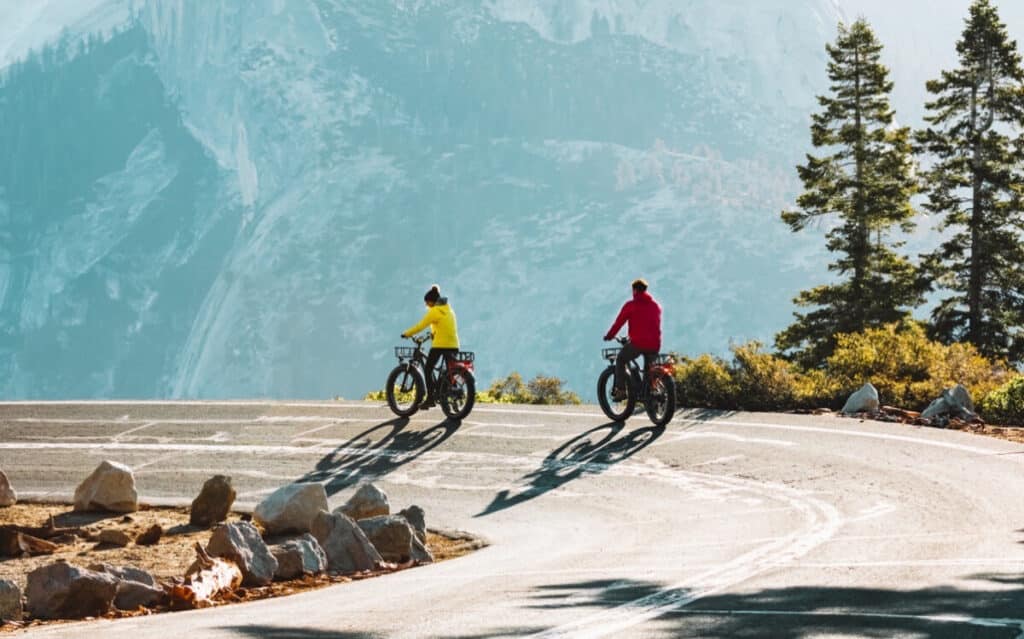
Of course, if you’re the kind of person who frequently goes on hikes and adventures and is generally healthy to begin with, a bit more exercise isn’t going to do a ton. This advice is more for the weekend warriors and people who don’t usually exercise but still want to visit Peru.
Adjust Your Diet.
Some people recommend adjusting your diet for up to a week before your trip. Try switching from large meals to as many as six smaller meals throughout the day. Focus on fruit, vegetables, and high-fiber foods.

Your goal is to promote digestion and bowel regularity; both diarrhea and constipation can add to the symptoms of altitude sickness and combine into feeling miserable when you step off the plane.
Plan a More Gradual Approach.
If Cusco and Machu Picchu are your destinations, it’s possible to start further out and adjust in steps. Altitude sickness isn’t about the height alone – after all, millions of people live there their whole lives and are just fine. It’s about the sudden change in altitude.
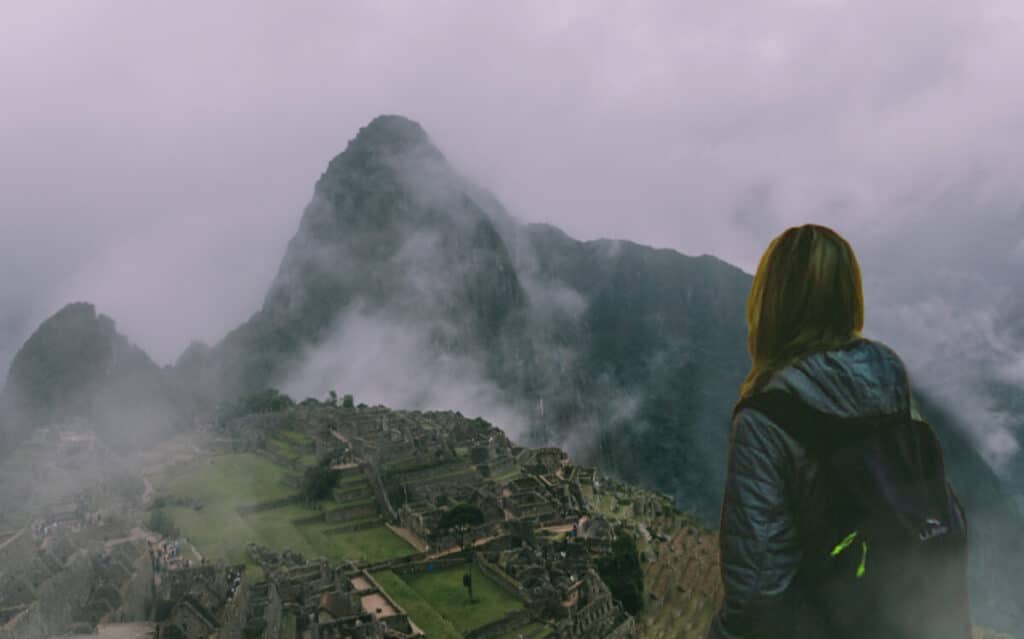
If you have a lot of extra time, you can start your adventure in Lima and spend a few days traveling from city to city on your way up into the mountains to Cusco. You may even want to visit the Sacred Valley and Machu Picchu before arriving at Cusco since Cusco is at a higher altitude. Some locals also recommend the town of Urubamba, about 2,000 feet lower than Cusco, as a place to visit first and adjust in a little less extreme of a location, but still higher than Lima’s near-sea-level altitude.
Alternatively, if you want to set the stage in more familiar conditions, start your trip by spending a couple of days in a higher-altitude area of the United States, like Denver, or even swing out to a high-altitude town like Alma to see how you react on more familiar turf. If your body has adjusted to a baseline of 6,000 feet, arriving at 11,000 feet won’t be as much of a shock as going from 300 feet to 11,000 feet.
Give Yourself an Extra Day or Two.
Since altitude sickness, if you get it, will make you miserable, you definitely aren’t going to want to start your hiking, exploration, and adventures right out the gate. Make sure you set the first day you arrive – and maybe the second – as write-offs.
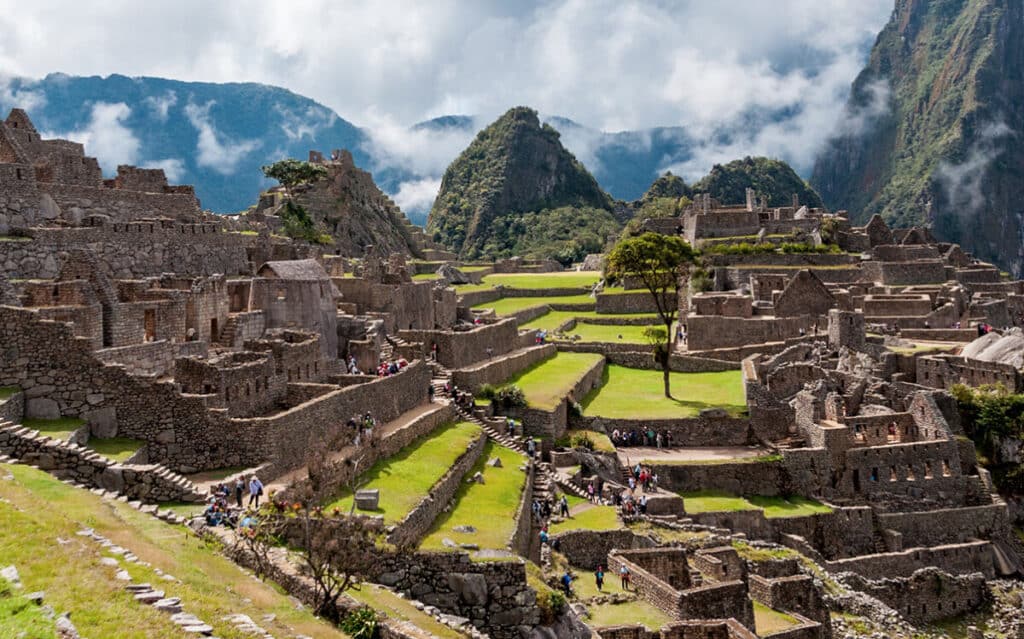
If you feel good, the medication works, and you’ve adjusted, then great! You have extra days to play around. On the other hand, if you’re suffering, having that added leeway will relieve a lot of the stress of feeling like you’re missing out on your adventures because of it.
Dealing with Altitude Sickness When You Arrive
Other than preparing in advance, there are ways you can help alleviate the symptoms of altitude sickness if they hit you when you arrive.
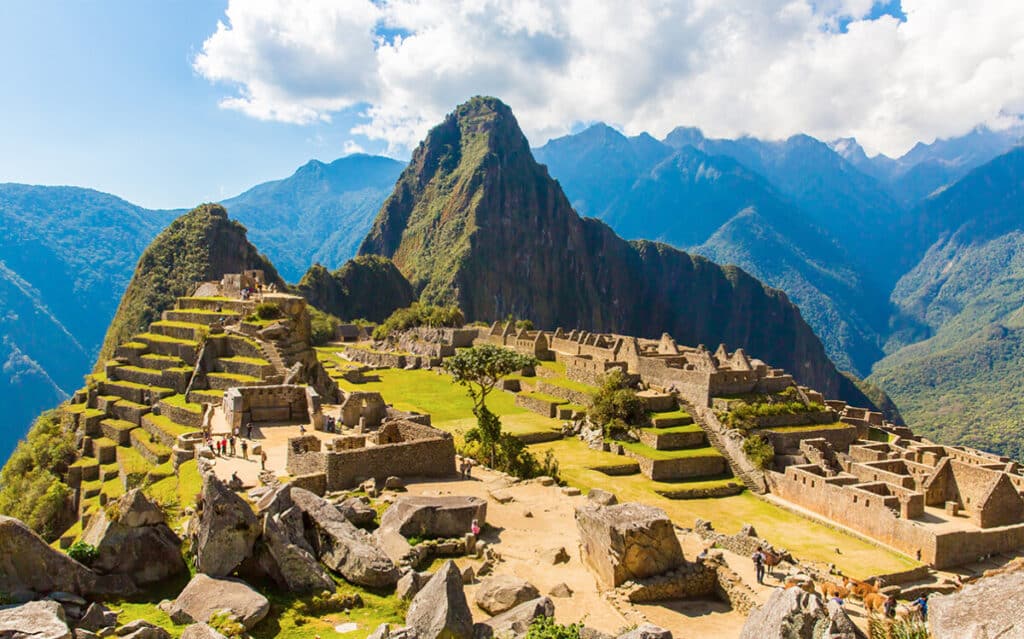
These ways include:
- Trying coca tea. Coca tea is made from a couple of coca leaves steeped in water. Locals swear by it, and many tourists love it. It contains very, very small amounts of stimulants that are refined into cocaine – not enough to be a drug, but enough that you could test positive on a drug test later, so use caution here.
- Making sure you stay hydrated. Your body needs plenty of water, especially if you’re having digestive issues, and a plane trip is liable to dehydrate you if you aren’t careful.
- Having some emergency oxygen. Most decent hotels in Cusco have backup oxygen for extreme cases, so talk to the front desk about it. You can also buy small oxygen canisters called Oxishots in local pharmacies for emergency infusions if you’re feeling particularly bad.
- Avoiding alcohol. Not only is it dehydrating and generally bad for you, but the last thing you need to add to altitude sickness is a hangover!
Above all, take your time. If you need to take a break, drink some water, catch your breath, and relax, do it. The more you rush, the more you stress yourself out, and the harder it will be to fight the symptoms of altitude sickness. You’re here for an adventure, and being bedridden with a migraine and nausea is not an adventure.
Have you ever been to Peru, Cusco, or Machu Picchu? Did you have to fight with altitude sickness when you went? Tell us all about your experiences and how you handled the sickness on your trip. We’d love to hear your advice, especially if it’s something we haven’t covered!
You may also enjoy:
